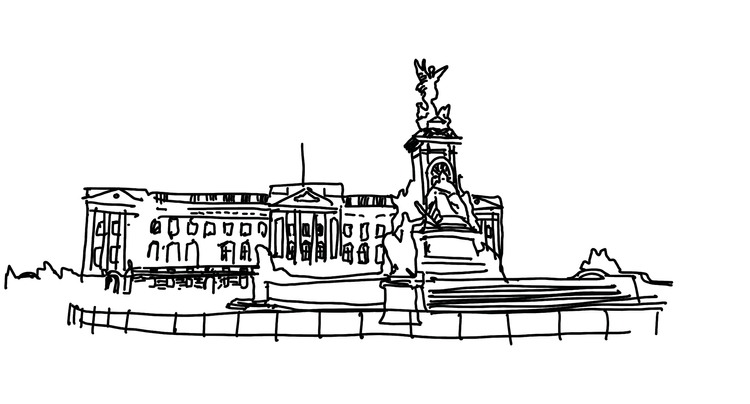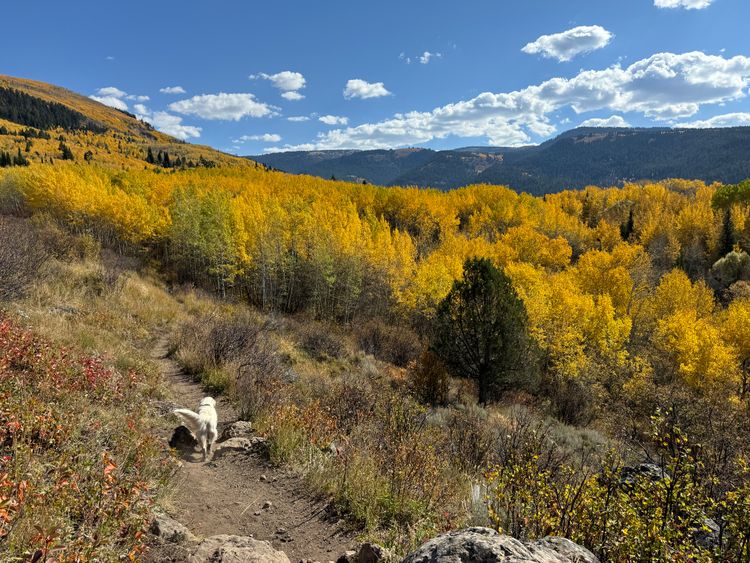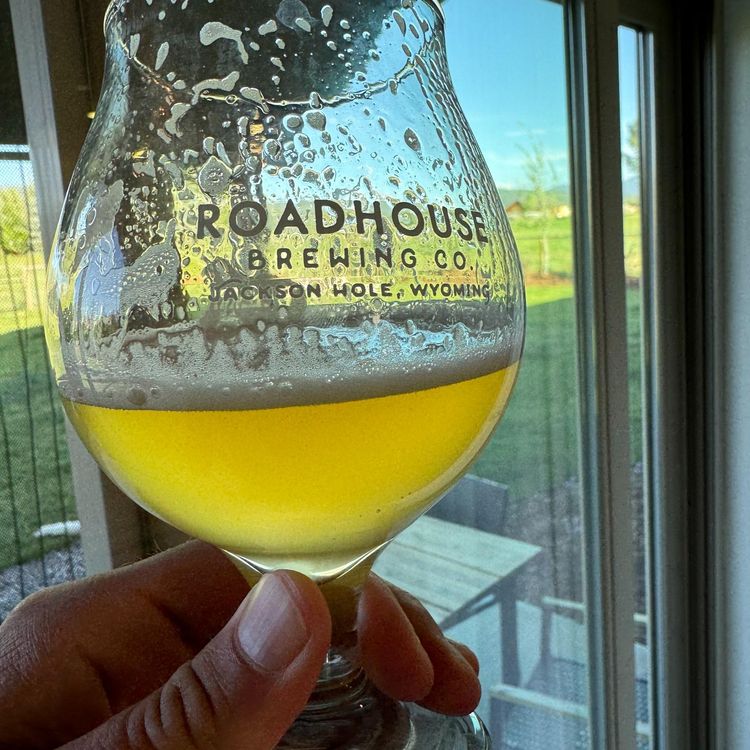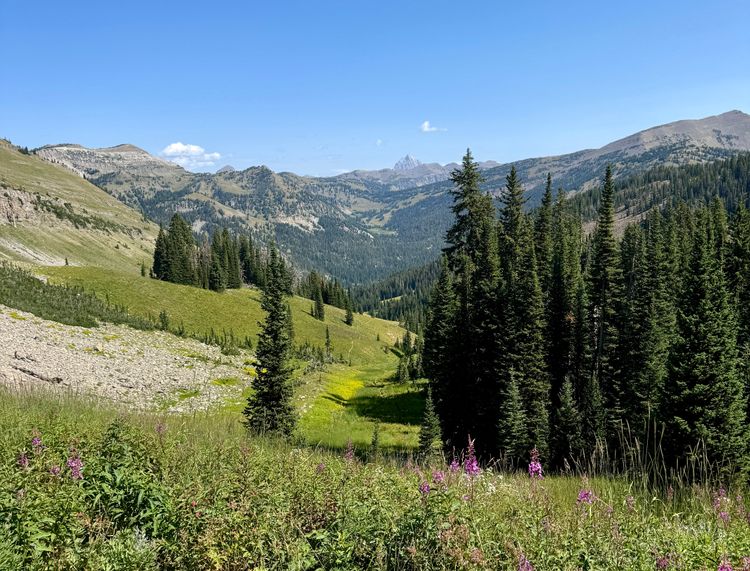Kayaking overnight from Inverness to Marshall Beach, Point Reyes

Essentials
- Bay Area Workers’ rating: 8/10. Kayak-backpacking was a totally unique way of experiencing Tomales Bay/Point Reyes. The raw, natural beauty of the place — the rust-colored moss cliffs — and the amount of wildlife was stunning. We didn’t give this one a perfect ten as the kayak rental was a little pricey, and the bug and raccoon situation was distracting. More about that below.
- Type of trip: Weekender (depart Saturday morning, return Sunday midday).
- Drive time to trailhead from San Francisco: ~1.5 hours if you leave around 8am from San Francisco like we did (directions to the kayak launch at Blue Waters Kayaking).
- Difficulty and total mileage: ~10 miles out-and-back paddle (moderate). Here is the pin showing Marshall Beach.
- Crowds: Light. Quite a few kayakers about, but few others camping overnight.
- Temperatures: We went in early June. At this time of year, Tomales Bay tends to be around 50 degrees during the day. It’s very frequently overcast and wet. Kayaking itself is also a splashy sport, so bring a robust rain jacket and waterproof/quick-dry pants. Go here for a current forecast.
- Permits: Required for all overnight backpacking trips. You can reserve a campsite up to 6 months in advance on recreation.gov, or try your luck getting a permit the day-of. From our read at the ranger station, it seemed like the kayaking overnight permits were much less competitive than land trails.
- Fire restrictions: Camp stoves and beach fires are allowed; check with the visitor’s center for current fire restrictions and to obtain a permit. Also, it’s a good idea to pack in some fire starter, since you’ll likely be starting a fire on wet sand.
- Bears/threatening wildlife: No large threatening wildlife. There were plenty of gnats, however, and very persistent raccoons. Raccoons here are almost guaranteed. It’s a must that you bring a bear canister, remove all of your food from your packs, and then stow your packs out of sight in the tent. We noticed that, even if you remove anything consumable from your bag, but it is still visible, the raccoons will rifle through it. We looked up from the campfire multiple times to see one elbow-deep in one of our backpacks.
- Water situation: There isn’t much fresh water here, so it’s best to buy a few gallon containers beforehand and throw them in the kayak, since weight isn’t as much of an issue.
Prep
Gear: Check out my temperate climate backpacking checklist for a recommended set of stuff to bring for this trip. Additionally, make certain that you have a bear canister or your food will become raccoon-food.
Food: We recommend bringing non-freeze-dried food, as always. This time, we opted for burritos from El Farolito, which we re-heated in the fire for dinner. Before starting the paddle, we grabbed some awesome breakfast sandwiches from Inverness Park Market. We also loaded up on water jugs here.
Camping conditions: Camping at Marshall Beach was not competitive if you arrive before 3pm. After this, we noticed several kayak parties show up and grab big chunks of beach real-estate around the corner. We couldn’t see or hear them, fortunately.
Trip Details
About three weeks before the trip
We booked overnight camping permits on recreation.gov to reserve our spot at Marshall Beach. We also paid for kayaks in advance through Blue Waters Kayaking.
Saturday — Sunday
We departed with a couple friends from San Francisco around 8am. Traffic was a non-issue. When we arrived in Inverness around 10:30am, we popped into Inverness Park Market to load up on snacks, water, and a second breakfast.
After this, we drove a few more minutes up the road to Blue Waters Kayaking, where we checked in and grabbed our two double-kayaks. We parked the car along the highway outside of Blue Waters — it’s pretty safe (just make sure all valuables are out of sight). Blue Waters will also lend you a rain jacket at no extra charge if you need one.
When we started paddling toward Marshall, we quickly realized that it was best to stick as close as possible to shore. You’re much more likely to see wildlife and cool flora, and you’re also much more protected from wind.
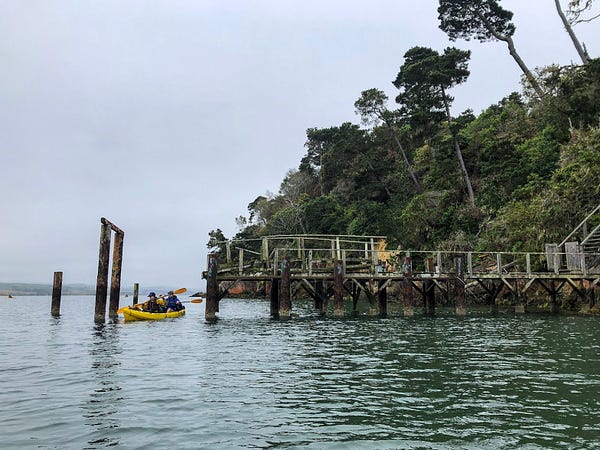
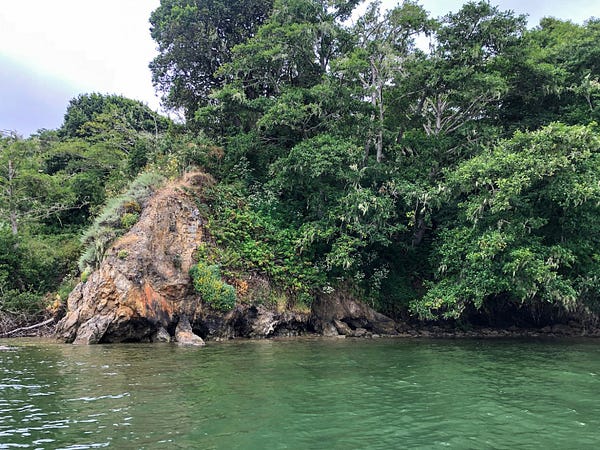
At the time that we went, there were tens of thousands of Sea Nettle jellyfish in Tomales Bay. They appeared to be everywhere, pulsing their way around. A great number were in the process of washing up and dying by the hundreds on every beach that we passed. You could tell how long they’d been dead by their colors. The newly deceased were still brown with purplish tentacles, while the older ones were completely leached of their pigment, just mucusy-looking puddles in the sand. A very strange sight.
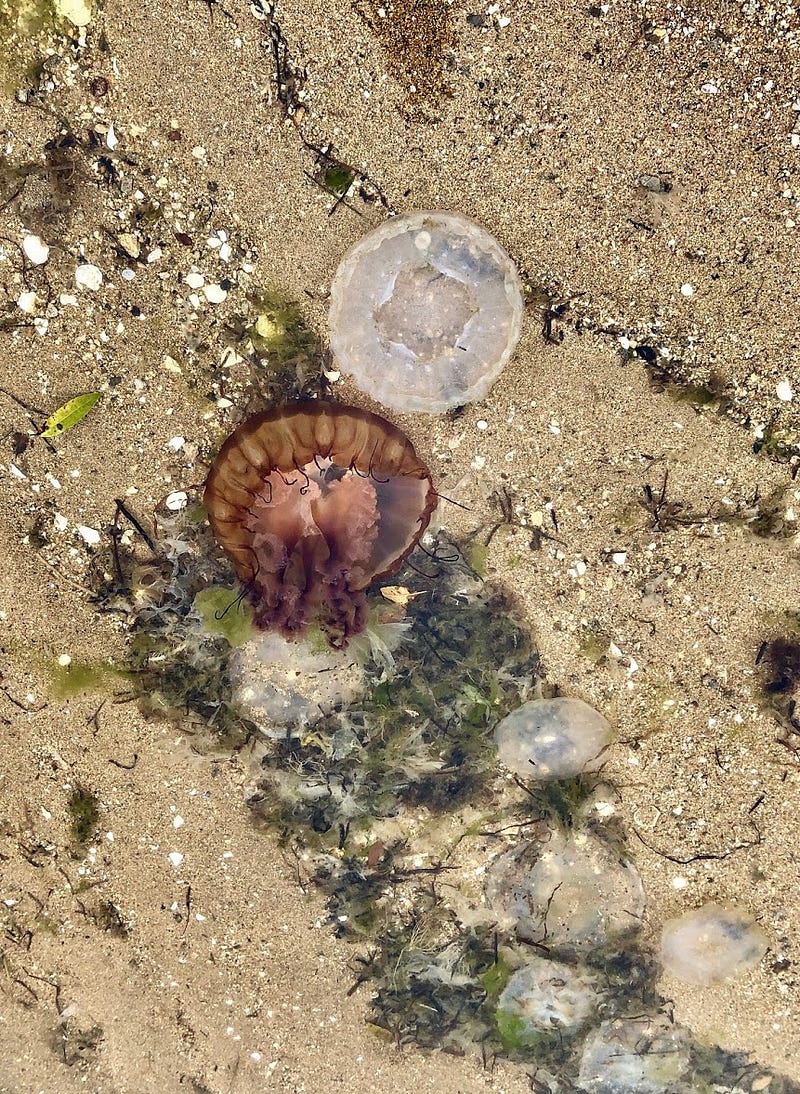
Dead and dying Sea Nettles.
One of the folks at Blue Waters also let us know that there is an abandoned bohemian commune, adjacent to Marshall Beach, at a place called Laird’s Landing. More about that here. Its primary resident, Clayton Lewis, was an artist who lived there for 31 years and died on the premises in 1995. According to our kayak guy, Lewis, in his heyday, had a thing for inviting young, female proteges to Laird’s Landing to “intern.”
The structures on the property are still there, though they’re in various states of decay. We had to check them out.

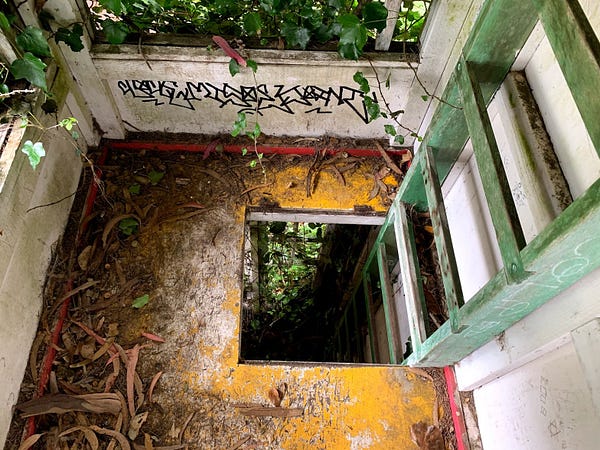
The commune buildings at Laird’s Landing.
The rest of our evening we ate and drank by the campfire, periodically fending off raccoons by jumping up and screaming wildly at them.
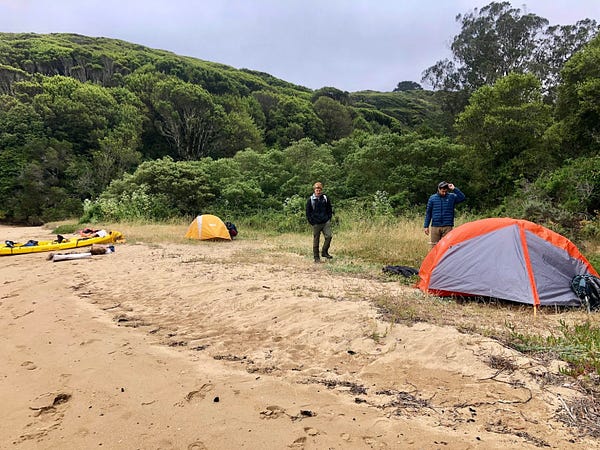


The next morning, the bug situation seemed to have worsened. Enormous clouds of gnats harried us during our breakfast. We got out of there fast and paddled back the way we came.
